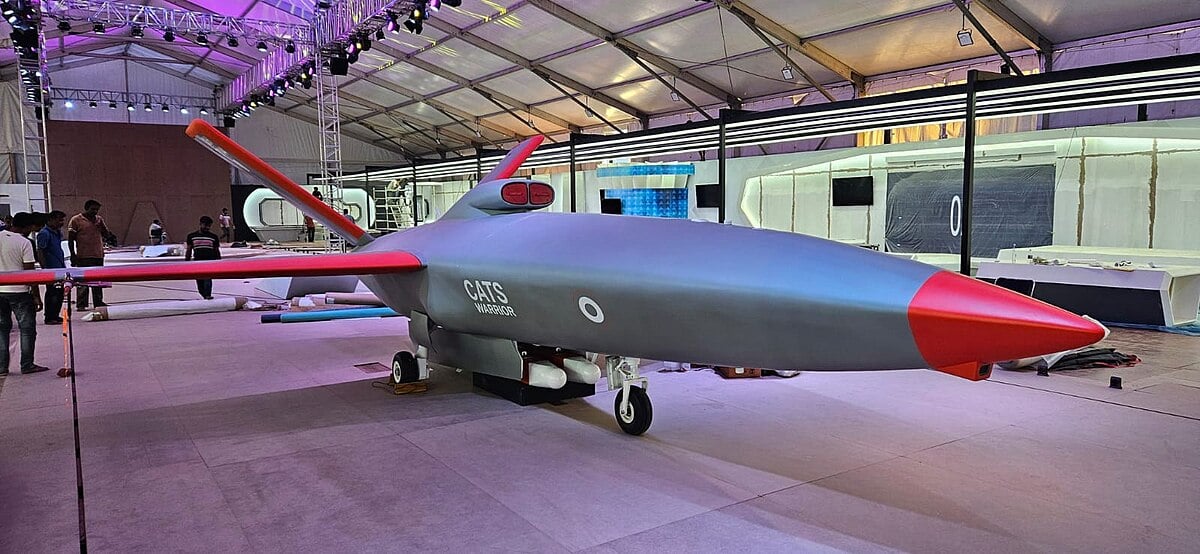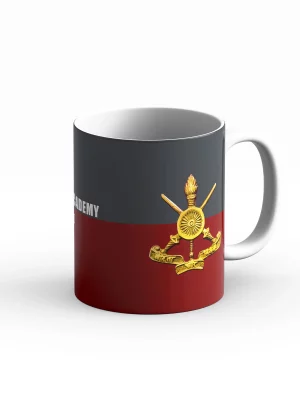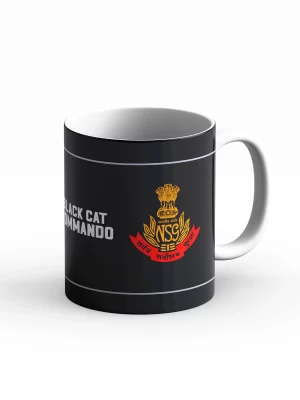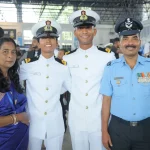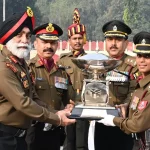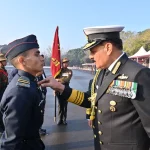Hindustan Aeronautics Limited (HAL) is undergoing a significant transformation as it accelerates key fixed-wing combat aircraft programmes, boosts indigenous research and development, and embraces global collaboration. HAL chairman and managing director DK Sunil, in an interview with FlightGlobal, detailed the company’s strategic shift, focusing on upcoming platforms like the Tejas Mk2, Su-30MKI upgrade, AMCA stealth fighter, and the Combat Air Teaming System (CATS) Warrior.
The Tejas Mk2, a more advanced and digitally designed version of the Tejas Mk1A, is progressing through its development phase, with component manufacturing and sub-assemblies underway. HAL expects to roll out the first prototype in early 2026, followed by ground checks and a maiden flight later that year. The aircraft’s design incorporates 3D digital modeling and laser verification, improving accuracy and production efficiency.
Although the Indian government has not yet placed an order, HAL anticipates the procurement of at least eight squadrons—approximately 100 to 130 jets—over the next decade. The Mk2 is expected to replace aging Mirage 2000 and Jaguar fleets by the late 2030s.
Another critical initiative is the modernization of 84 Sukhoi Su-30MKIs, with plans for upgraded avionics, sensors, and electronic warfare systems. HAL is awaiting final government clearance but has begun engaging suppliers and preparing software and systems. The upgrades aim to keep the Su-30MKI fleet operational into the 2050s. Separately, HAL is reviving its Su-30MKI production line in Nashik to deliver 12 newly ordered aircraft, with production restart expected to take up to two years.
HAL continues to supply AL-31FP engines for the Su-30MKI from its Koraput facility. Following an order for 240 engines in 2024, deliveries are set to continue until 2032. Supply chain issues with Russian vendors have largely stabilized.
On the stealth front, HAL is positioning itself for a role in India’s Advanced Medium Combat Aircraft (AMCA) programme. While the government has opened the door to private players, HAL may join a consortium to develop the fifth-generation fighter. The Aeronautical Development Agency has already built a full-scale engineering demonstrator, and the air force is expected to procure around 120 units. The shift aims to increase employment, foster competition, and improve cost efficiency across India’s aerospace sector.
HAL is also reviving its intermediate jet trainer, now renamed HJT-36 ‘Yashas’. With significant upgrades to address past aerodynamic issues and a full-glass cockpit, four jets will be leased to the air force for evaluation. HAL sees long-term potential for the Yashas as both a trainer and a light attack aircraft, citing its mission computer and weapons integration capacity.
In parallel, HAL is advancing work on the CATS Warrior, India’s first collaborative combat aircraft designed to operate alongside the Tejas. The company has integrated an engine into the CATS airframe and is conducting datalink checks. Focus will shift to flight control and aerodynamics in 2026, with a first flight projected for 2027.
Reflecting on HAL’s changing identity, Sunil noted a philosophical shift from relying solely on government contracts to investing heavily in internal R&D and joint ventures. HAL now spends approximately Rs25 billion ($300 million) annually on research and development.
Sunil stressed the urgency of strengthening domestic supply chains in light of global disruptions caused by conflicts such as the Russia-Ukraine war. With European defence manufacturers prioritizing domestic orders, India must expand local production capacity and attract foreign firms to manufacture within India.
With a growing ecosystem that includes the AMCA, Tejas Mk2, helicopters, UAVs, and numerous aerospace start-ups, HAL believes the Indian aerospace landscape is poised for a major transformation over the next decade.

